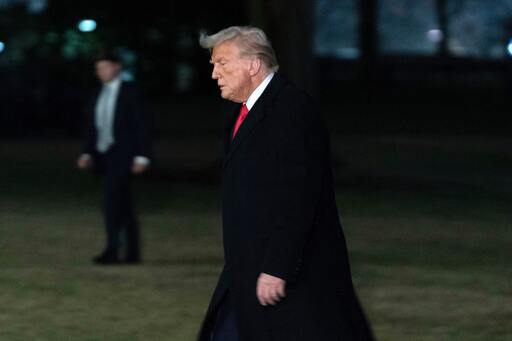What ultimately influenced U.S. President Donald Trump’s decision last week to delay the tariffs he planned to impose on Canadian imports was arguably Canada’s announcement of targeted retaliatory tariffs on U.S. exports, strategically designed to affect Republican-leaning states the most. But the measures that may be enough to make Mr. Trump pause may not be enough to make him back off permanently.
. . .
Consequently, unless retaliatory measures pose a significant economic threat to the United States, Mr. Trump is likely to proceed with imposing tariffs on trading partners with which the country has large trade deficits, such as China (US$350-billion), Mexico (US$130.6-billion), Canada (US$100-billion) and the European Union (US$200-billion).
The key challenge for Canada – and other U.S. trading partners – is clear: to design a package of retaliatory tariffs and countermeasures that maximally affect U.S. economic interests. One effective strategy to do so is targeting the U.S.’s massive and rapidly growing service trade surplus.



Sensibly: Encourage inter-provincial trade, remove hurdles to opening to other markets, negotiate new trade deals with Europe, Asia, and South America.
Morally: Drop the federal assistance to purchase Teslas EVs as a bare minimum. No one wants to buy those anymore anyway. Consider putting a hefty tariff on every single product made by one of Musk’s companies.
Hell, we should be tariffing everything from Musk’s companies at this point considering he spends more time coming up with those executive orders than Trump does reading them.
Though many other American services would be more difficult since there’s a serious lack of alternatives to many of them, especially those not also from the US.